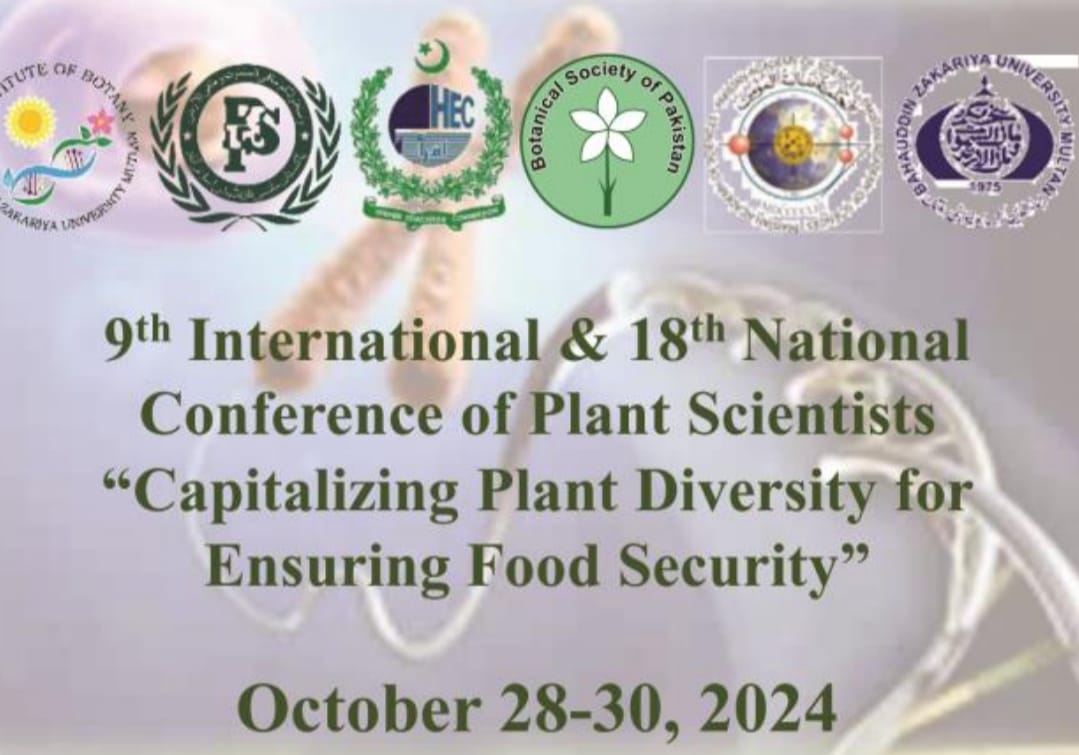
PJB-2025-119
Differential physiological and molecular responses of four tobacco genotypes to drought stress
Liying Yang, Guotao Jia and Zheng Chen
Abstract
Drought stress constitutes a critical environmental constraint limiting plant productivity worldwide. This study elucidates genotype-specific drought adaptation mechanisms in Nicotiana tabacum through integrated physiological, biochemical, and molecular analyses of four commercially significant cultivars (Y6, Y10, Y87, Hongda) exhibiting contrasting drought tolerance. PEG-induced water deficit significantly altered biomass partitioning, photosynthetic efficiency, redox homeostasis, and stress-responsive gene expression across various genotypes. Drought-tolerant cultivars Y6 and Y10 demonstrated superior resilience through: (1) improved water retention capacity and delayed leaf senescence, (2) preserved chloroplast ultrastructure, (3) maintained photosynthetic activity under stress, and (4) bolstered antioxidant defense systems. Additionally, molecular profiling revealed coordinated upregulation of ABA signaling (NtNCED1, NtRD29A), ROS scavenging (NtSOD, NtCAT), and osmoprotectant biosynthesis (NtP5CS1) genes in tolerant cultivars. This study introduces a mechanistic model that delineates multi-level adaptation strategies, where tolerant genotypes employ root architectural plasticity, non-stomatal photosynthetic maintenance, and antioxidant-genic synergy to mitigate dehydration damage. This systematic characterization of natural genetic variation provides actionable targets for the molecular breeding of drought-resistant tobacco cultivars.
To Cite this article: Yang, L., G. Jia and Z. Chen. 2025. Differential physiological and molecular responses of four tobacco genotypes to drought stress. Pak. J. Bot., 57(6): DOI: http://dx.doi.org/10.30848/PJB2025-6(42)
Download PDF


